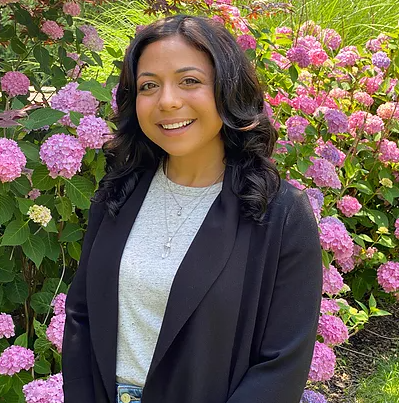
Promoting Generalization with AAC Users
**February 16, 2021 **
As speech-language pathologists (SLPs), we often work with children using Augmentative and Alternative Communication (AAC) devices. But using AAC is about so much more than just what goes on in our therapy rooms. These students are practically learning to use a whole new language. I mean, have you ever tried to learn a foreign language?! It takes time, practice, repetition, and so much more. With this in mind, here are some tips and tricks to promote generalization with the AAC users that you work with.
Implement a Core Word of the week/month (depending on your student)
Core words are specific words that are frequently used in typical conversation and in writing. Although it is important to use these words within your session, you may also want to create a ‘newsletter’ explaining this concept to the student’s related service providers, teachers, and family. The more people involved in using this vocabulary with the student, the better! For example, let’s say you want to focus on the word “go.” In your sessions, you may play games and use the phrase “I want” + “go” as your focus. The student’s occupational therapist and physical therapist can also model “go” during their sessions and activities. Other professionals working closely with the student (i.e. paraprofessionals, 1:1) can use “go” as the student transitions throughout different areas during the day. The classroom teacher can play a game like red light green light with all students in the class and focus just on “go” and “stop” with that particular student.
Use Aided Language Stimulation
Using aided language stimulation is an effective way to increase your student’s ability to comprehend and communicate with their AAC device. Remember - these students are learning a brand-new language! So, to try to lessen the learning curve, use their device to talk to them! Remember to focus on those core words when modeling as well. You may also want to use additional visual supports (i.e. visuals, topic boards, etc.). Don’t worry too much about your utterances making ‘grammatical’ sense and keep it simple! The important thing here is that you are using core words to speak with this student using THEIR voice. Try to model what this strategy looks like for other professionals working with the student. By having more people on board, we are giving the students more learning opportunities with their devices.
Visuals, visuals, visuals!
Implementing visual supports can be extremely beneficial for many AAC users. This can include picture visuals, topic boards, and/or visual schedules. The speech therapists at my school often work with classroom teachers to modify thematic literacy materials (i.e. books, activities) as well as to create topic boards using core concepts for that unit. At my school, we have thematic units that change throughout the year. During these units teachers often read a few different books, come up with activities, and decorate the classrooms. When looking at books, we try to simplify the sentence and focus on core words and concepts. For example, a sentence like “Joey and Tom traveled for hours, through the deepest jungles to get to Grandma’s house” you may want to modify the book to say, “Boys go in jungle to Grandma house.” We also create topic boards with important core concepts for each thematic unit. So, if the thematic unit was ocean the topic boards might include words such as go, under, in/out, wet/dry, up/down, and swim, in addition to other vocabulary for labeling ocean plants/creatures.
At the end of the day, we want to give our students as many opportunities to communicate as we can! By implementing these strategies, your students are being provided with a TON of support using their voice. When we provide these students with more ways to access their voices, they will learn more quickly and develop the skills needed to communicate across settings with different communication partners. Please let me know if any of these strategies have worked for you! I would love to hear your feedback in the comments below. What do you do to promote generalization with AAC users that you work with?
About the Author

Jesse Kleinman is a speech-language pathologist based out of Brooklyn, NY. She received her Bachelor’s degree in Cognitive Science with a concentration in Speech-Language Pathology from the University of Delaware, and her Master’s degree in Speech-Language Pathology from La Salle University. Jesse works in a private specialized school setting with students ages 5-21 with complex needs and a variety of diagnoses including Autism Spectrum Disorder, Apraxia of Speech, Auditory Processing Disorder, Language Delays, Feeding Disorders, and more! She also works with students using AAC devices ranging from low to high tech. In her free time, Jesse supports educators and related service professionals to navigate the world of teletherapy and distance learning! In addition, Jesse also has started her very own private practice, Vibrant Speech and Language Services. Jesse believes in a team approach to therapy and therefore encourages collaboration with parents, teachers, and other therapists to provide the most encouraging and successful environment for her clients. When Jesse is not supporting communication in the families she works with, she loves exploring new cities, riding her Peloton bike, doing pilates, and spending time with family and friends. If you would like to reach out to Jesse, feel free to email her directly at jesse@vibrantspeechtherapy.com.



